Hydration Essentials for Hikers and Outdoor Enthusiasts
31 December 2024
Are you ready to hit the trails, breathe in the fresh air, and explore Mother Nature’s beauty? Whether you’re an experienced trekker or a weekend warrior, there’s one thing you absolutely cannot overlook when hiking or adventuring outdoors: hydration. It’s a game-changer, my friend. Sure, packing snacks, maps, and the right gear is important, but staying hydrated? That’s pure survival 101. So, grab your favorite reusable bottle, and let's dive into everything you need to know about hydration essentials for hikers and outdoor enthusiasts.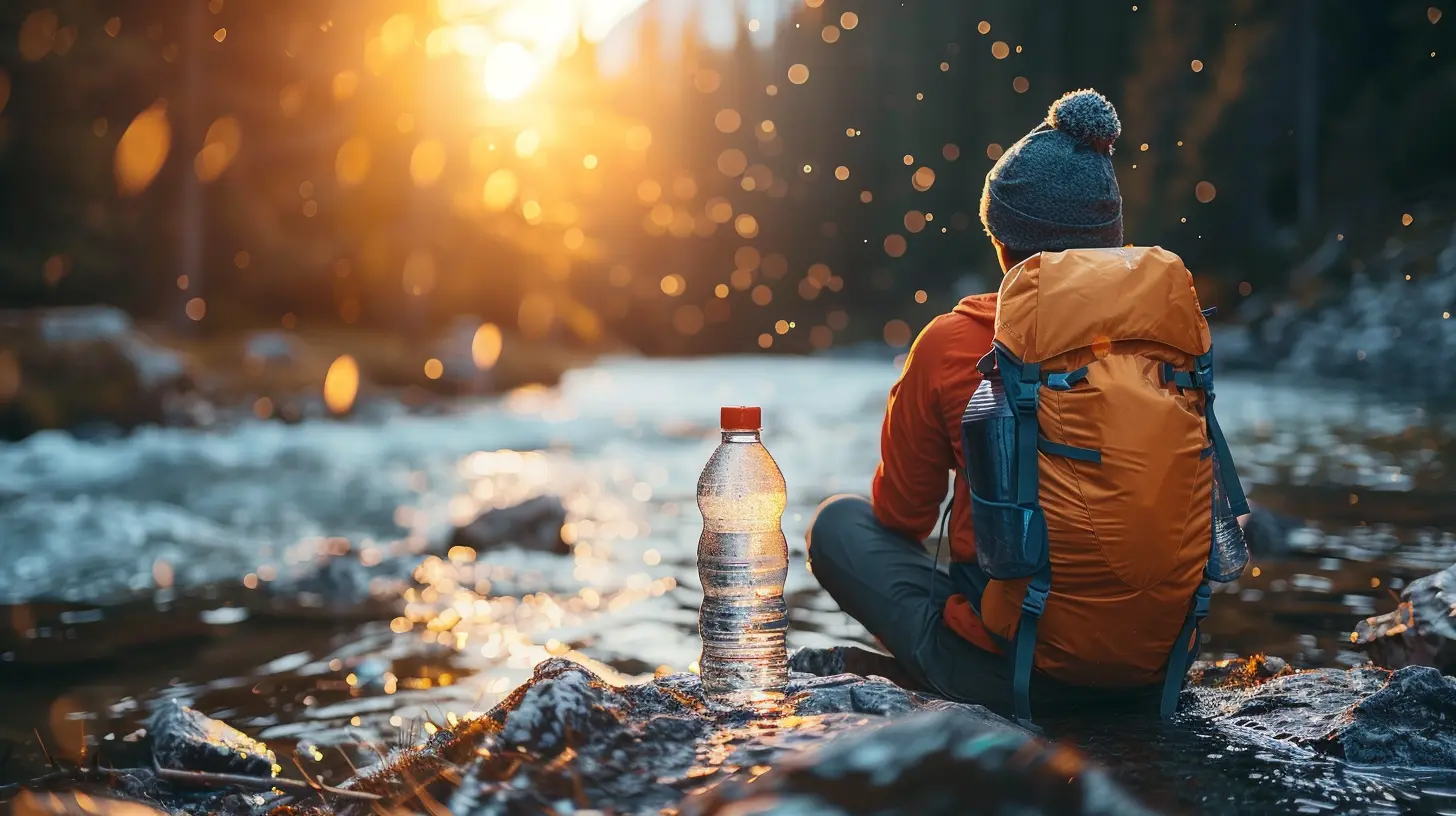
Why Hydration Matters When You're Outdoors
First off, let’s talk about why hydration is such a big deal. Think of your body as a car. Water is your gasoline. Without it, you're going nowhere. When you're hiking or engaging in outdoor activities, your body works overtime, sweating to keep you cool. Unfortunately, with every drop of sweat, you’re losing valuable fluids and electrolytes—stuff your body desperately needs to keep functioning properly.Dehydration isn’t something you want to mess around with. It can lead to muscle fatigue, dizziness, heat exhaustion, or even heat stroke. That’s not exactly the kind of adventure story you want to share later, right? Staying hydrated keeps your energy levels up, helps regulate your body temperature, and ensures your muscles and joints stay happy as you tackle those rocky trails.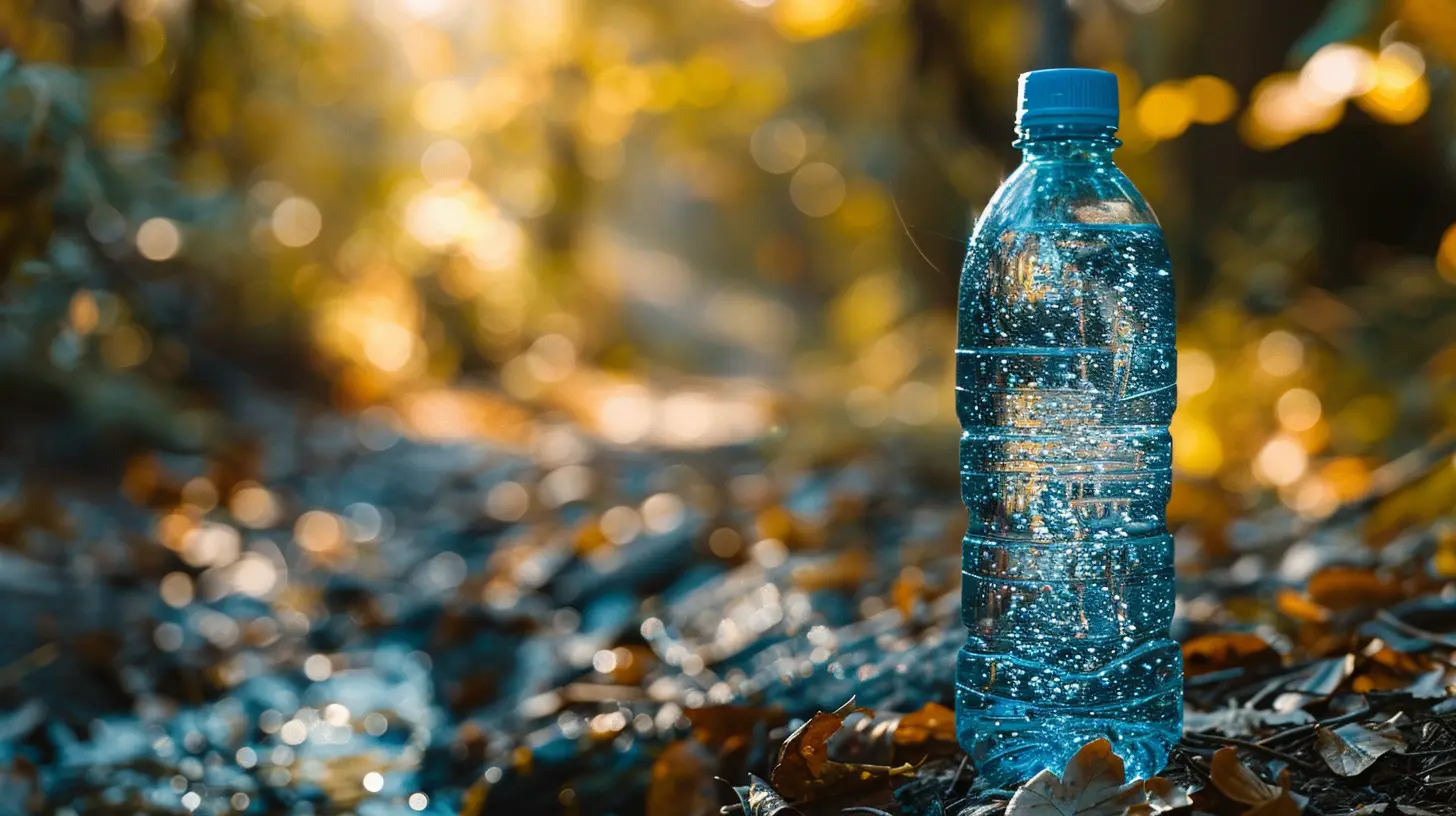
How Much Water Do You Actually Need?
You’ve probably heard the old “eight glasses a day” rule, but honestly, hydration isn’t one-size-fits-all—especially when you’re outdoors. When you're hiking, you lose water faster due to increased physical activity and exposure to heat. So, how much water do you need?Here’s a good rule of thumb: aim for about half a liter of water per hour of moderate hiking. If you're sweating buckets under the blazing sun or tackling a steep incline, you may need closer to a liter per hour. Listen to your body. Feeling thirsty? Catch that dry mouth? That’s your body screaming for a refill.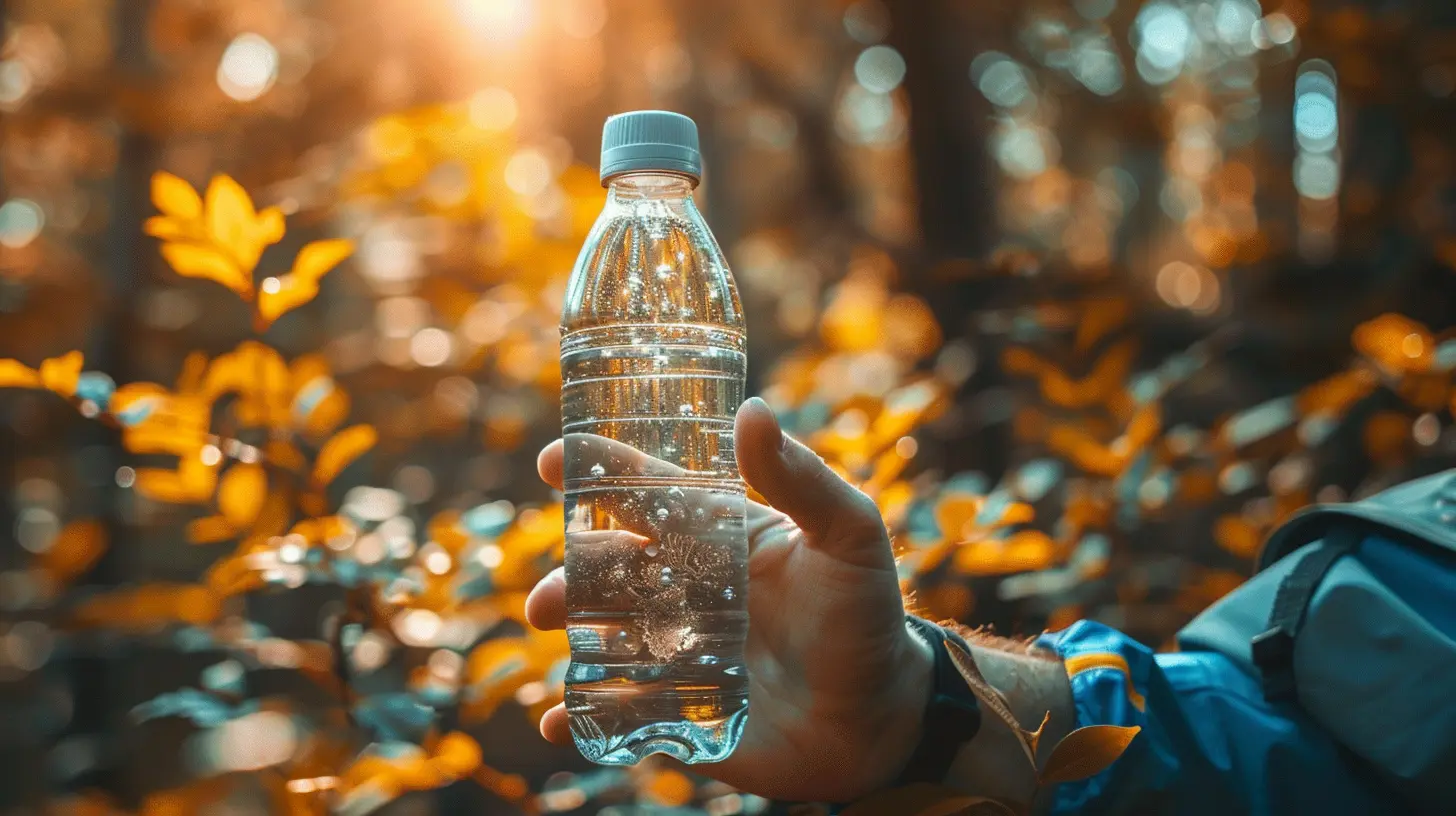
Recognizing the Signs of Dehydration (Before It Gets Serious)
Nobody likes to play doctor on the trail, but let’s face it: knowing the red flags of dehydration can save your day—or maybe even your life. Here’s what to watch for:- Dry Mouth or Extreme Thirst: The obvious signs—it’s your body waving a giant red flag.
- Dark Urine: If it looks like apple juice instead of lemonade, you’re not drinking enough.
- Headaches: Your brain loves water too, and trust me, it’ll let you know when it’s not getting enough.
- Dizziness or Fatigue: Feeling wobbly or drained? That could mean your fluid levels are dangerously low.
- Cramps: Electrolyte imbalance caused by dehydration can lead to those nasty muscle cramps that stop you in your tracks.
If you spot these warning signs, it’s time to hit pause, take a break, and hydrate ASAP.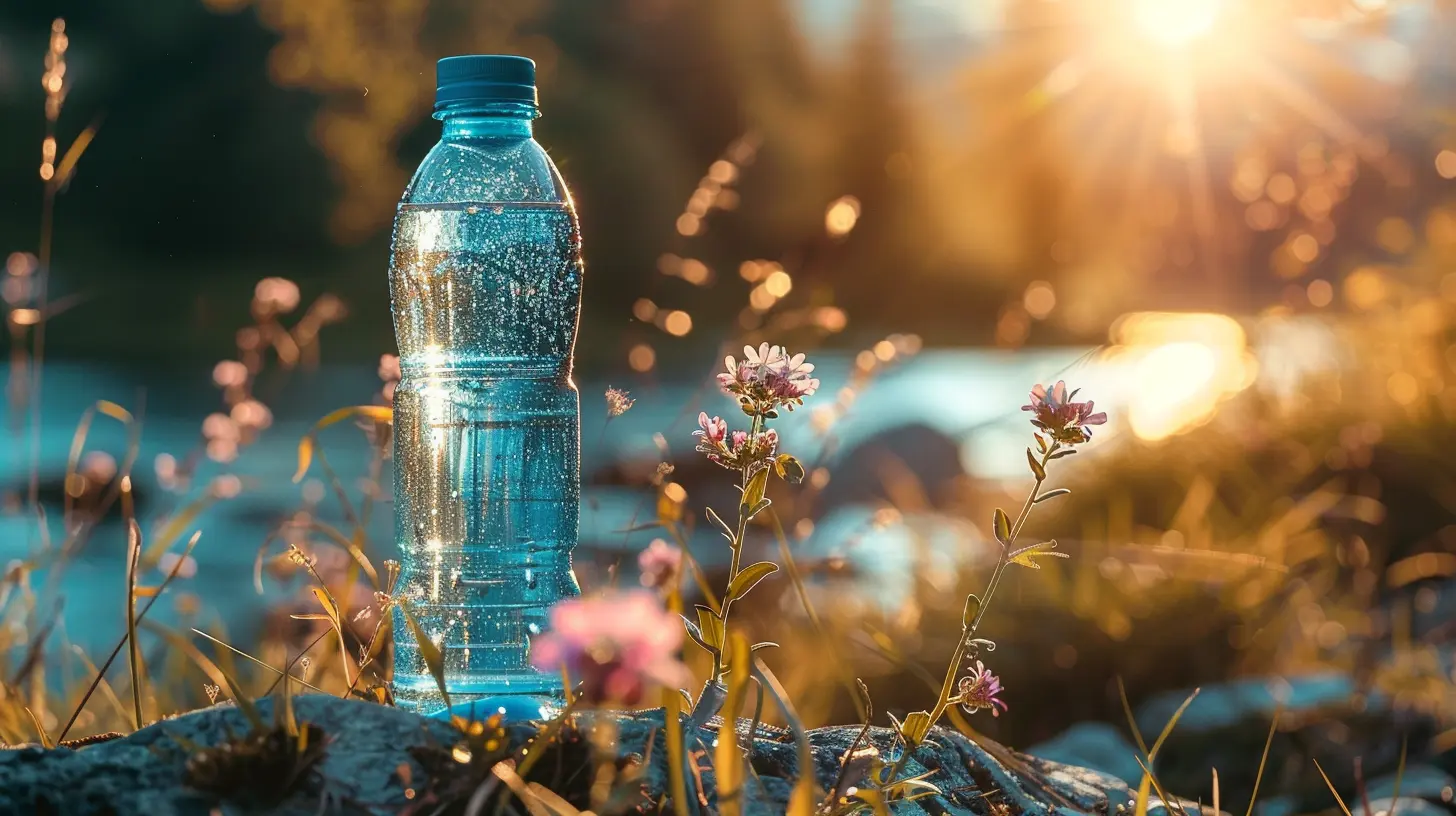
Pre-Hike Prep: Start Hydrating Early
Here’s the thing: hydration doesn’t start the moment your boots hit the trail. To really set yourself up for success, start drinking more water a day or two before your hike. Think of it as preloading—like charging your phone before a long day out.On the morning of your hike, don’t just chug a bottle of water five minutes before you leave. Instead, sip water consistently during breakfast and on your way to the trailhead. This helps ensure your body is already well-hydrated before the real adventure begins.
Choosing the Right Hydration Gear
Sure, a plastic bottle from the gas station will technically do the job, but if you’re serious about hiking, investing in the right hydration gear makes a world of difference. Here are some solid options:1. Reusable Water Bottles
The classic choice. Go for something durable, lightweight, and BPA-free. Bonus points if it’s insulated to keep your water cool during those scorching summer hikes.2. Hydration Bladders (Water Reservoirs)
If you like to keep your hands free, hydration bladders are a lifesaver. These flexible pouches fit right into your backpack and come with a tube that lets you sip on the go. No need to stop or dig into your bag every time you’re thirsty.3. Collapsible Bottles
Tight on space? Collapsible bottles are portable, lightweight, and fold up when empty. They’re perfect for minimalist hikers.4. Electrolyte Tablets or Powder
Sometimes water isn’t enough, especially during long, sweaty hikes. Adding electrolyte tablets or powder to your water helps replenish lost minerals like sodium, potassium, and magnesium. It’s like giving your body a little pick-me-up cocktail.The Best Fluids for Hydration (Hint: Not All Drinks Are Created Equal)
Alright, let’s clear up a common misconception: not all fluids are hydrating. Sure, water tops the list, but there are other options to mix things up. And yes, there are also drinks you should avoid. Here’s the breakdown:Hydrating Heroes:
- Water: The OG of hydration. Simple, effective, and readily available.- Coconut Water: Packed with electrolytes (and it tastes great).
- Sports Drinks: Excellent for longer hikes to replace electrolytes, but watch out for sugary options.
- Herbal Tea: If you want something warm, go for caffeine-free herbal teas. (Caffeine can dehydrate you, so skip the coffee.)
Drinks to Steer Clear Of:
- Alcohol: Beer on the summit might sound fun, but alcohol is a major dehydrator. Save it for happy hour after the hike.- Sugary Sodas: These may give you a quick energy boost, but they can cause an energy crash later—and they don’t hydrate well.
- Energy Drinks: Full of caffeine and sugar, these are more likely to dehydrate you than help.
Hydration Tips for Different Weather Conditions
Outdoor hydration isn’t a “one-size-fits-all” kind of deal. Weather, altitude, and terrain play big roles in how much water you’ll need. Let’s break it down:Hot Weather
Hiking in the heat? You’ll sweat more, meaning you’ll need to drink more frequently. Make sure to carry extra water and sip regularly, even if you’re not thirsty. Pro tip: Adding a pinch of salt to your water can help retain fluids.Cold Weather
Think you don’t need as much water when it’s chilly? Think again. Dehydration is sneaky in cold weather because you might not feel as thirsty, but your body still loses fluids. Keep sipping, and consider using an insulated bottle to prevent your water from freezing.High Altitude
At higher altitudes, your body loses more water through respiration. You’ll also need to urinate more frequently due to changes in pressure. Add in the physical exertion of hiking, and you’ll need to up your water intake significantly.Food and Hydration: A Dynamic Duo
Did you know that some foods can help keep you hydrated? Yup, it’s true. Snacks with a high water content can complement your hydration efforts. Try packing these trail-friendly options:- Fruits: Oranges, watermelon, and grapes are hydrating and refreshing.
- Veggies: Cucumbers and celery sticks are light yet packed with water.
- Trail Mix with Dried Fruits: They may not have as much water, but their potassium content can help balance your electrolyte levels.
Hydration Hacks for Long Hikes
If you’re planning to be out on the trail all day (or even longer), here are some pro tips to stay hydrated without feeling like a camel.1. Set a Timer: Use your phone or watch to remind yourself to sip every 15–20 minutes.
2. Drink Before You’re Thirsty: By the time you feel thirsty, you’re already behind on hydration.
3. Refill When You Can: Always top off your water supply at streams, lakes, or designated refill points (after purifying, of course).
4. Don’t Forget Electrolytes: Add a mix or snack on salty foods to maintain your balance.
5. Monitor Your Pee: Gross, but effective. Light yellow? You’re good. Dark yellow? Time to drink up.
Staying Hydrated Post-Hike
Don’t let hydration stop when the hike ends. Your body will thank you if you continue drinking water and replenishing electrolytes once you’re off the trail. Incorporate hydrating foods like soups or smoothies into your post-hike meal to refuel. This helps with recovery, leaving you ready to tackle your next adventure.Conclusion: Hydrate Like Your Adventure Depends On It
Hydration isn’t just another item to check off your hiking prep list—it’s the key to staying energized, alert, and safe on the trails. Whether you’re scaling mountain peaks or strolling through a wooded path, keeping your body fueled with plenty of water is non-negotiable.So, the next time you lace up your hiking boots, make sure your hydration plan is solid. Your body (and your future self) will thank you.
all images in this post were generated using AI tools
Category:
HydrationAuthor:

Laura Hudson
Discussion
rate this article
13 comments
Bellamy Cooper
Hydrate wisely, explore longer!
February 4, 2025 at 4:33 PM

Laura Hudson
Thank you! Staying hydrated is key to enjoying those longer adventures. Happy exploring!
Kai McCaffrey
Stay hydrated, adventurers! Water is your trusty sidekick on the trails. Remember, a well-hydrated hiker is a happy hiker. So sip, savor, and don't forget to dance when you reach that summit!
January 30, 2025 at 3:46 AM

Laura Hudson
Absolutely! Staying hydrated is key to enjoying every step of your adventure. Cheers to happy hiking! 🥾💧
Emmett Smith
Staying hydrated is crucial for outdoor adventures. Always carry enough water, consider electrolyte supplements, and drink regularly—even if you don't feel thirsty. Your body will thank you!
January 26, 2025 at 4:38 PM

Laura Hudson
Absolutely! Staying hydrated is key for optimal performance and safety during outdoor activities. Thanks for emphasizing the importance of regular hydration and electrolyte balance!
Lisa Perry
Stay hydrated, your body will thank you!
January 23, 2025 at 5:35 AM

Laura Hudson
Absolutely! Staying hydrated is key for maintaining energy and focus on outdoor adventures. Thanks for the reminder!
Bethany Benson
Staying properly hydrated is non-negotiable for outdoor enthusiasts. Prioritize water and electrolyte balance to enhance performance and enjoy your adventures to the fullest!
January 20, 2025 at 5:21 PM

Laura Hudson
Absolutely! Hydration is key for optimal performance and enjoyment in the great outdoors. Prioritizing water and electrolytes can make all the difference on your adventures!
Zeth Rhodes
Great insights on hydration! Staying properly hydrated is crucial for a safe hiking experience.
January 15, 2025 at 4:54 AM

Laura Hudson
Thank you! I'm glad you found the insights helpful—hydration is indeed key for a safe and enjoyable outdoor adventure!
Corin Carr
Great article! Staying hydrated is crucial for optimal performance. Consider adding tips on identifying early signs of dehydration and the benefits of electrolyte drinks. These insights could enhance safety and enjoyment for both hikers and outdoor enthusiasts.
January 7, 2025 at 4:30 AM

Laura Hudson
Thank you for your feedback! I appreciate your suggestions and will definitely consider adding tips on identifying early signs of dehydration and the benefits of electrolyte drinks in future updates.
Elin Scott
Hydration is crucial for peak performance; prioritize water intake and electrolyte balance for a safe outdoor experience.
January 4, 2025 at 3:26 AM

Laura Hudson
Absolutely! Staying hydrated and maintaining electrolyte balance are essential for ensuring safety and peak performance during outdoor activities. Thank you for emphasizing this important aspect!
Shania Becker
Great insights on hydration for outdoor activities! Staying properly hydrated is crucial for performance and safety. The tips provided are practical and applicable for all hikers and outdoor enthusiasts, ensuring enjoyable adventures without compromising health.
January 3, 2025 at 3:23 PM

Laura Hudson
Thank you! I'm glad you found the tips helpful for enjoying safe and memorable outdoor experiences. Happy hiking!
John McGillivray
Great article! Staying hydrated is crucial for outdoor adventures. Remember to drink water regularly, carry a portable filter, and be aware of signs of dehydration. Happy hiking!
January 3, 2025 at 5:16 AM

Laura Hudson
Thank you for your insightful comment! Staying hydrated is indeed vital for a safe and enjoyable outdoor experience. Happy hiking!
Zephyrion Chapman
Stay hydrated, plan ahead, and listen to your body!
January 2, 2025 at 5:06 PM

Laura Hudson
Absolutely! Staying hydrated and being mindful of your body's signals are key to an enjoyable outdoor experience. Happy hiking!
Haven Cain
Great article! Hydration is crucial for outdoor activities. I appreciate the practical tips and insights provided, which will undoubtedly help hikers and outdoor enthusiasts stay safe and energized during their adventures. Thank you!
January 2, 2025 at 3:22 AM

Laura Hudson
Thank you for your kind words! I'm glad you found the tips helpful for staying safe and energized in the outdoors. Happy hiking!
Ivory Acevedo
Great article! Staying properly hydrated is crucial for outdoor activities. I appreciate the tips on electrolyte balance and portable hydration solutions. These insights are invaluable for a successful and safe hiking experience!
January 1, 2025 at 4:20 AM

Laura Hudson
Thank you! I'm glad you found the tips helpful for your hiking adventures. Stay hydrated!
MORE POSTS

Healing Spices That Act as Superfoods

How Stress Affects Your Blood Pressure

Fuel Your Body: The Impact of Superfoods on Wellness

The Link Between Sleep and Creativity

The Impact of Veganism on Environmental and Personal Wellness

The Health Benefits of Going Vegan for Your Skin

Building an Unstoppable Mind-Muscle Connection
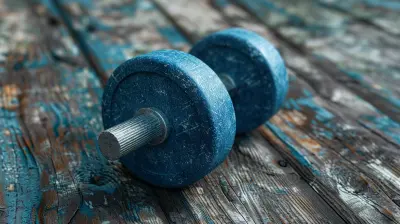
How Strength Training Transforms Your Metabolism

Why Self-Care Is Key to Healthy Aging